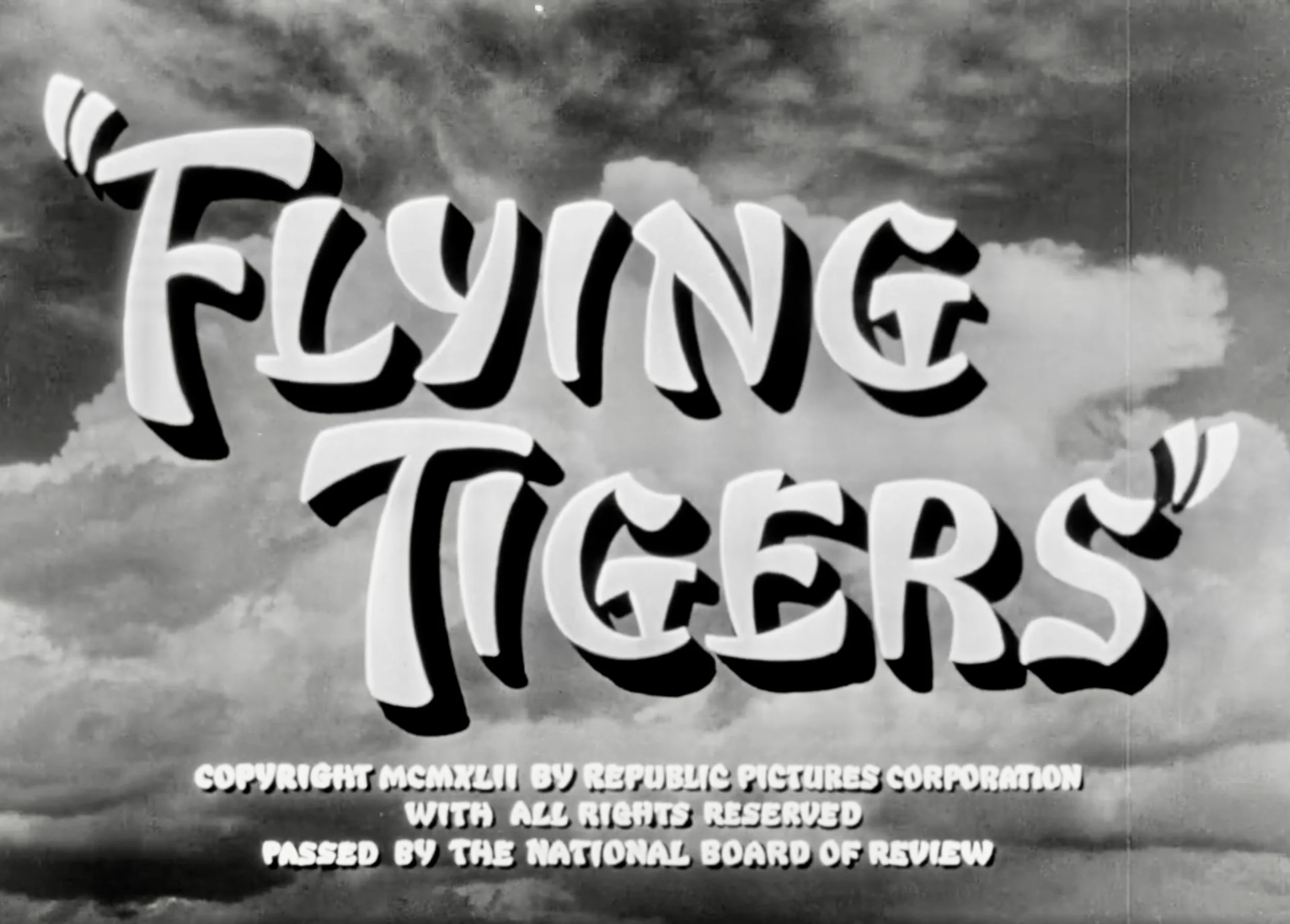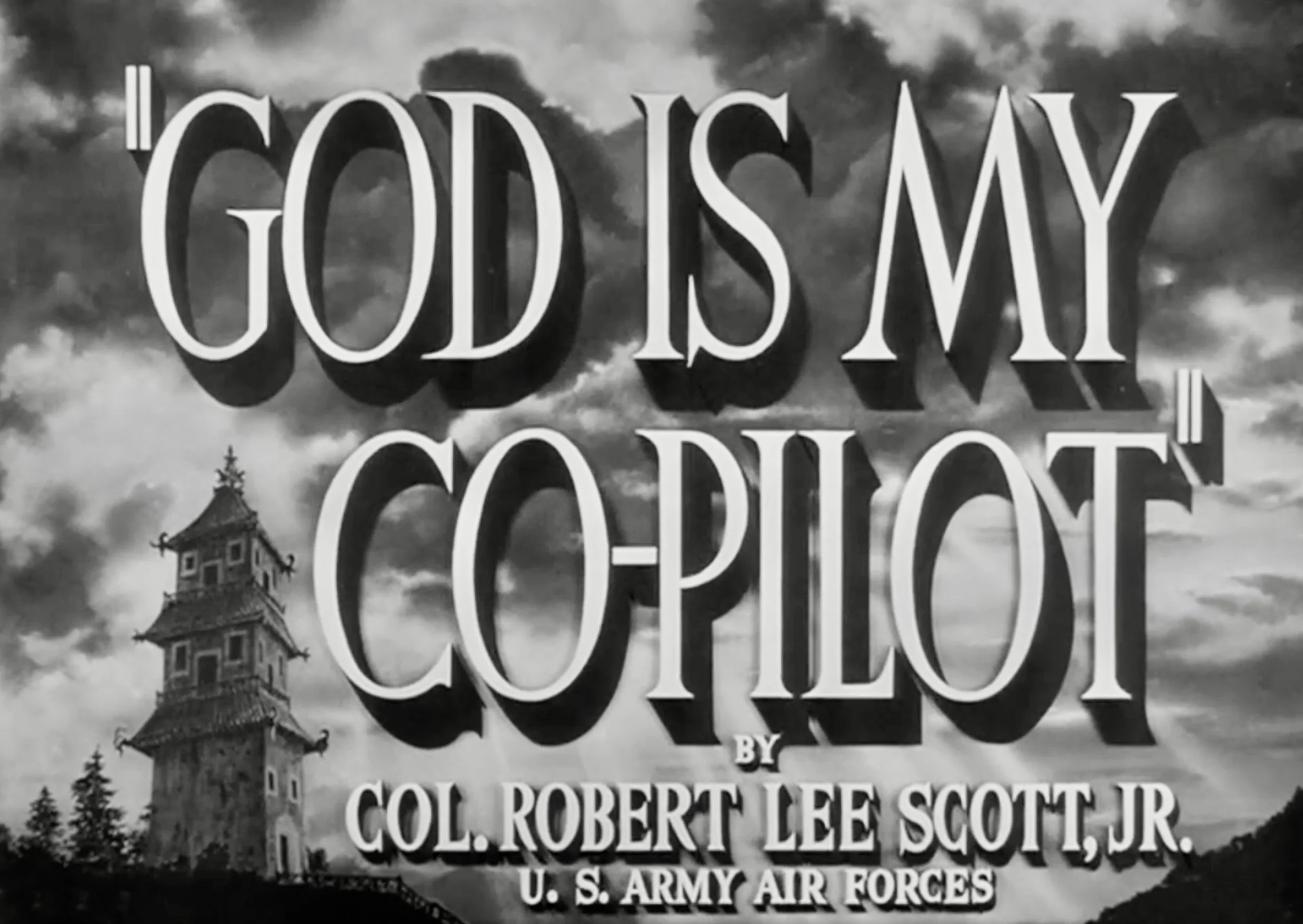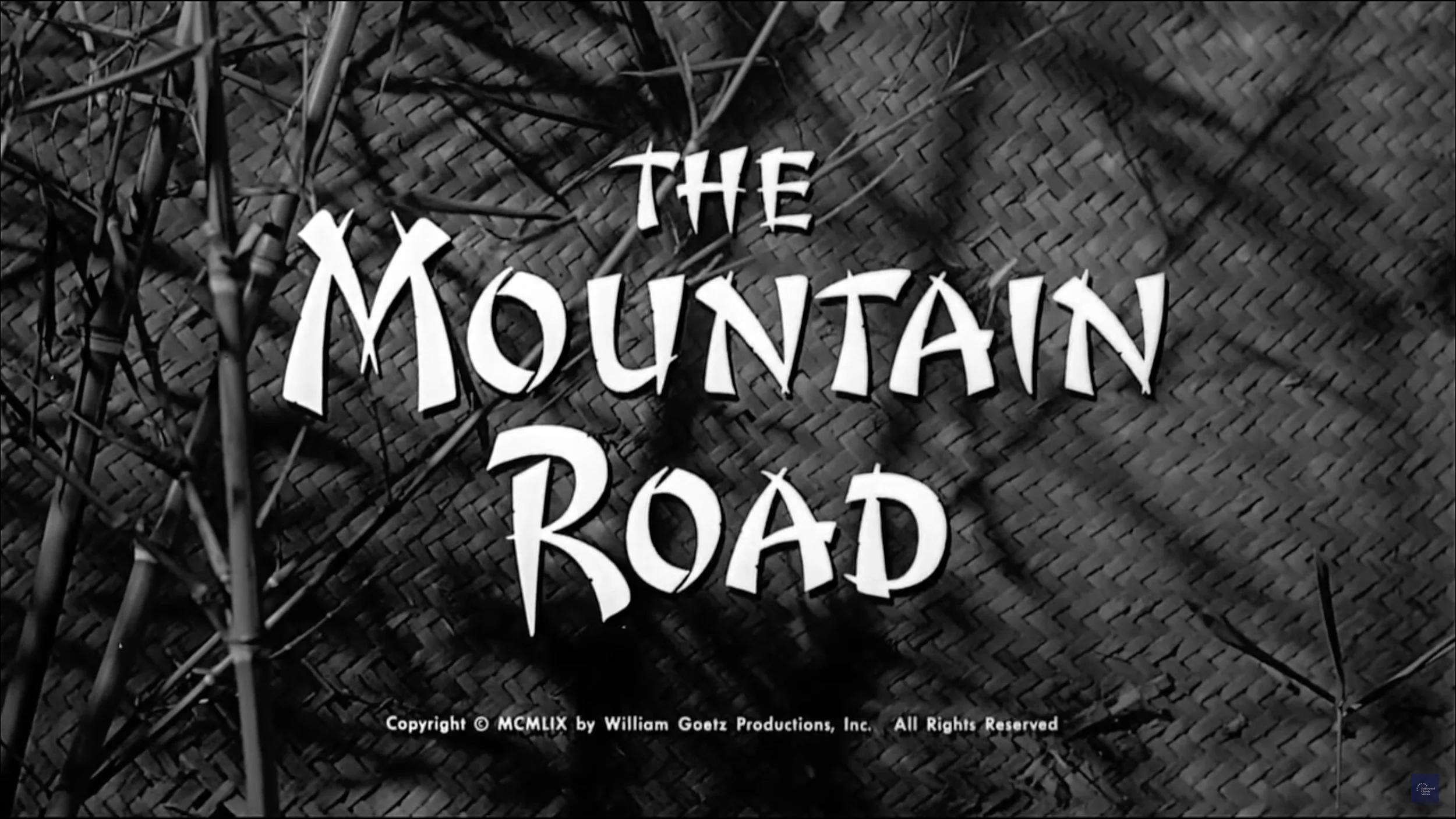Additional Classroom Activities
“Hollywood History”
Feature films were never intended to be a method of recording history. A combination of artistry and commerce, their goal is entertainment. But most people don’t read history books. (In fact, most people don’t read much at all.) As a result, motion pictures are often the standard by which we measure the past. And in an era of global streaming platforms, even films released long ago can be found with relative ease.
The history of the Flying Tigers, a legendary World War II American aviation unit stationed in China, can be traced through the arc of three Hollywood classics. The first, Flying Tigers, was a low-budget 1942 film starring a then up and coming actor named John Wayne. It is a story of fallible men fighting against the odds.
QUESTION: If feature films are works of fiction, does that mean the points they raise are false?
click here to see the opening sequence of Flying Tigers (1942)
Historically, Flying Tigers gets just about everything wrong. It has American fighter pilots flying against Japanese aviators terrorizing a near defenseless China before America entered World War II. (They didn’t.) The Americans are hard drinking hell raisers, with many of them motivated less by patriotism and more by ample paychecks. This certainly clashes with the popular narrative of who the Flying Tigers were. Yet, at least in some ways, it’s closer to the truth. Fighter pilots are a special breed. You either live boldly or go home.
QUESTION: Has anyone in your family ever served in the military? What stories do they tell?
click here to see the theatrical trailer for God Is My Copilot (1945)
The 1945 film God is my Copilot, on the other hand, is far more respectful. Based on the autobiography of a U.S. Army pilot, it is a story of fallible men succeeding despite incredible challenges. By the time it was released audiences were weary of flag-waving accounts of inevitable victory. Critics complained about its religious content. (Obviously they doubted the often-repeated adage that “there are no atheists in a foxhole.”) Anyone who has ever been under enemy fire knows the desperate hope that some greater force, some supreme being, can somehow forestall what looks to be certain death. Years later, some Christian groups would criticize the title, insisting that God is in fact the “pilot” and humans the “copilot” called upon to follow the path intended for us.
QUESTION: Is it possible to make films that will interest American audiences in which the stories focus on non-Americans?
click here to see the original trailer for The Mountain Road (1960)
The Mountain Road was released in 1960. The writer was a former war correspondent who had covered World War II in China. In this film, fallible men make fateful decisions, the consequences of which are sometimes deadly. It reflects both post-war disillusionment and a desire to portray the Chinese people, and the difficult relationships between Americans and Chinese, more accurately. While once again the story is told from an American perspective, Chinese characters play more important roles, both good and bad. The story revolves around an Army staff officer given his first combat command in late 1944. His mission is to destroy American airfields in eastern China before they could be captured by advancing Japanese troops. (That much of the story is true.) In the heat of battle, he makes decisions that inevitably cost lives. There is also a “love story,” in which the American officer and the widow of a Chinese general become romantically involved. It is a theme seen many times in American films, in which Asian women somehow find American men (often older men) to be irresistible. It’s a trope which crosses decades and genres.
QUESTION: Can people from different cultures and countries ever really understand each other?



